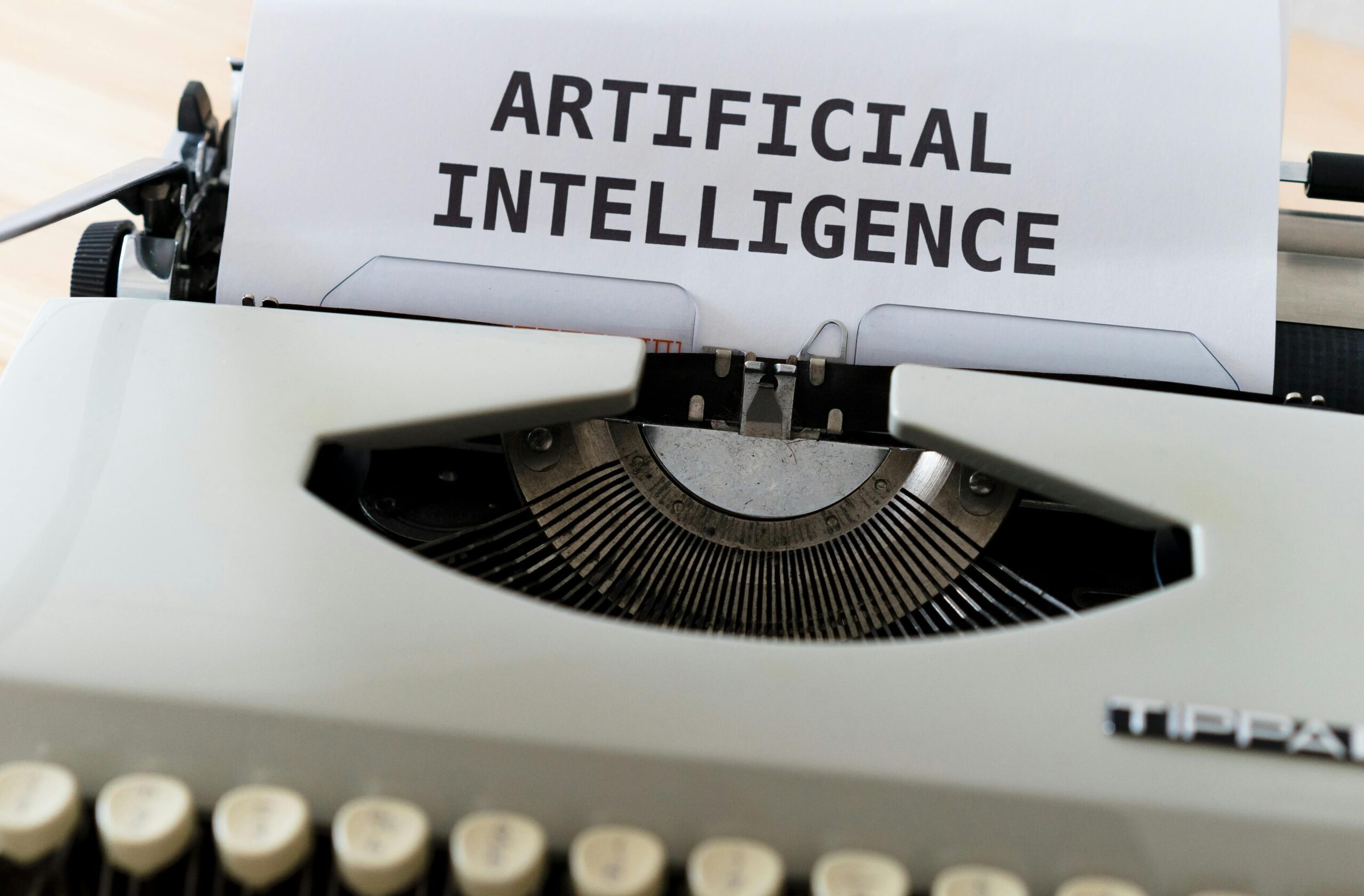Introduction
AI non-coding Edition: The landscape in the field of hiring is not only changing, but it is moving rapidly. With companies seeking methods by which to expand operations, lower expenses and improve performance, artificial intelligence (AI) is moving in to replace the position that was held by human workers in the past. This looks like the real revolution, though: now you do not have to spend five years studying software engineering and then have a huge IT budget to start. With simple-to-use platforms, now anybody can design his or her own AI employee within less than five minutes. My article analyzes the way this futuristic idea is emerging into a mainstream reality, and what it will imply to an employer, an employee, as well as the job market in general.
What Does an AI Staff Member Mean?
An AI staff member is a virtual worker driven by the artificial intelligence that can cover the tasks usually performed by a human worker (a customer service, lead generation, data analysis, content creation, appointment scheduling, or tech support). These artificial personal assistants are oriented at certain workflows, integrated with your company systems (e.g. CRM, email, web sites) and able to learn and evolve along with time.

The major deviation with conventional automation? These AI employees are savvy, versatile and situation aware. Now, they are also available even to non-technical users.
Why No-Code AI is a Game Changer
A conventional approach to AI development was related to programming skills, extensive infrastructure and takes months to plan in. That friction would all go away, with no-code platforms providing user-friendly drag-and-drop interfaces, templates, and even AI models to set up.
The prominent benefits of no-code AI:
• Speed: Place a fully functioning AI personnel in a period of minutes.
• Easiness of access: Does not need coding or tech skills.
• Cost-efficiency: There is no necessity to employ the costly developers as well as consultants.
• Scalability: Replicate and redeploy agents in a departmental fashion.
• Integration: Connect easily with such tools as Slack, Gmail, HubSpot, Shopify, and so on.
Well-known pioneers in this direction are Zapier AI, ChatGPT using custom GPTs, Make.com, ElevenLabs, Taskade AI, and Durable.co.
Strictly Practical Examples: How Corporations Are Applying AI Employees
1. Customer Support Agents
The companies are developing AI chatbots that would be trained on their FAQs, product databases and ticket history to deal with questions. Such bots are working 24/7, handle 80 percent of problems in real-time, and escalate when necessary.
2. Sales Assistants
Without human interaction, AI agents are able to follow up leads, qualify leads, send follow-up emails and even schedule meetings. This reduces the burden of sales teams who will attend to high-value clients.
3. SMMs
No-code AI enables users to create and schedule posts, answer comments, and even read the data on the engagement levels all without recruiting a human content manager.
4. HR Assistants
AI assistants can be used to process onboarding, gather, document, and screen candidates, and answer employees questions, having learned company policy and procedures.
5. E-commerce Helpers
The AI workers are being utilized by the shop owners to make product suggestions, handle inventory inquiry, updates of orders and even addressing returns through chatbots.
Step-by-step Guide to Creating Your Own AI Employee
In a low-effort way using a no-code framework such as Zapier AI or ChatGPT space-customized GPTs, let us take a step by step procedure:

Step 1: Position Description
Choose the roles that your AI employee will conduct. Examples: chatbot on customer service, email writer to make sales, or appointment maker.
Step 2: Pick a Platform
Well-known no-code AI tools are:
• Zapier AI (automatic work flows)
• ChatGPT (Custom GPTs) (generates custom chatbots)
• Make.com (visual automation builder)
Tidio or Botpress (chat with the customer)
Durable.co (artificial intelligence driven business websites)
Step 3: Post Knowledge Base
Feed your AI employee with documents, spreadsheets, the contents of a web site or manuals it has to know about your company. You may upload PDFs, links, frequently asked questions or teach it on previous dialogues.
Step 4: Workflow settings
Drag drop logic such as:
• In case customer inquires about pricing, then simply reply with Plan A and B.
When lead fill form, send email and log in CRM.
You will be able to use simple rule-building tools, and you do not need to write a single line of code.
Step 5 Test and Deploy
Try out your AI staff member on practice scenarios prior to deployment. After satisfaction, then apply it in your web site, email and app channels.
Constraints and Obstacles
Although no-code AI workers have an immense stories of potential, crucial restrictions remain:
• Context sensitivity: AI can at times misinterpret complicated or emotional requests.
• Security issues: Secured information should be treated with care.
• Customization constraints: No-code duties are amazing, however, in the event that the requirements are definitely sophisticated, custom development might still happen to be prerequisite.
• Fears of job loss: Some are afraid that AI will take away human jobs, although in most situations, this is blatantly untrue and AI merely supplements human departments, not substitutes.
Ethical Considerations
The development of the digital workers is morally questionable as well:
• Is it always necessary to inform the customers that they deal with an AI?
• These are the rights of the users as to the information sent to AI employees?
• Are companies to be charged what is called as usage taxes on replacement of human positions?
These are great discussions and which need to change as quickly as the technology.
The Future Look
Within the upcoming 3-5 years, it is anticipated that millions of the SMEs will employ AI employees as their part of regular business. Gartner goes on to project that 60 percent of all companies will have one or more AI-driven job position that will be undertaken on no-code automation by 2027.
AI resumes, performance reviews, and even internal promotions may happen within the next few years, all of them taken care of digitally. Just think of hiring a new AI worker as you hired a remote worker before.
Conclusion
Hiring tomorrow is not only a matter of identifying the correct human resources, but also a matter of creating a correct AI team. And, with no-code tools, this power has become available to all people: individual entrepreneurs, as well as managers of whole enterprises.
It is no longer a science fiction to create your personal AI employee. It is a factual, cost effective, and extremely useful alternative to make you more productive, save you more money, and create a competitive advantage in your business. That takes only a couple of clicks.
The question then is not whether you will use AI employees but when.
Come and Try It!
Just go to some services such as Zapier AI, ChatGPT Custom GPTs, or Durable.co, and see how simple it is to assemble your digital dream team, without writing any code.
(The Articles you may like)
What is the Rise of the AI Writers Mean to Marketers by 2025?
Claude versus Gemini versus Copilot? Use them all to get the fastest possible

